Size and fuel efficiency often go hand in hand in the automobile world. Small cars, with their compact design and lighter weight, are known for their impressive gas mileage. But what makes a small car the best in terms of gas mileage?
Size matters but it isn’t just about that. It's also about the technology, the design, and the features that contribute to fuel efficiency. In this guide, we delve into the world of small cars with the best gas mileage.
We explore the top models, their features, and what makes them stand out in terms of fuel economy. With the rising cost of fuel, a car with good gas mileage can save you a significant amount of money in the long run. It's not just about the savings, though.
See also:
9 Older Cars With Good Gas Mileage
Driving a fuel-efficient car is also a step towards environmental responsibility. With lower fuel consumption, these cars emit less carbon dioxide, contributing less to global warming.
Whether you're a city dweller looking for a compact car for your daily commute, or an eco-conscious consumer seeking to reduce your carbon footprint, this guide is for you. We'll compare various models, highlight their fuel economy, and discuss their features.
We'll also delve into the technology that makes these cars fuel-efficient and the driving habits that can help you achieve optimal gas mileage. So, if you're in the market for a small car with the best gas mileage, read on.
Understanding Fuel Efficiency In Small Cars

Photo Credit: Angga Pratama/Unsplash.
Fuel efficiency plays a pivotal role in today's automotive world. It's not just about saving money at the pump. It has wider implications for the environment and the economy.
Why Fuel Efficiency Matters
Fuel-efficient cars reduce fuel consumption. This leads to direct savings on fuel costs, which is crucial in a time of fluctuating fuel prices. Moreover, they are better for the environment.
Lower fuel consumption means lower emissions of harmful gases such as CO2. This reduction in emissions helps combat global warming and air pollution. For eco-conscious consumers, driving a fuel-efficient car is a step towards sustainable living.
Besides environmental benefits, fuel efficiency often links to government incentives. Many countries offer tax benefits or rebates for purchasing such vehicles.
How Small Cars Achieve Great Gas Mileage
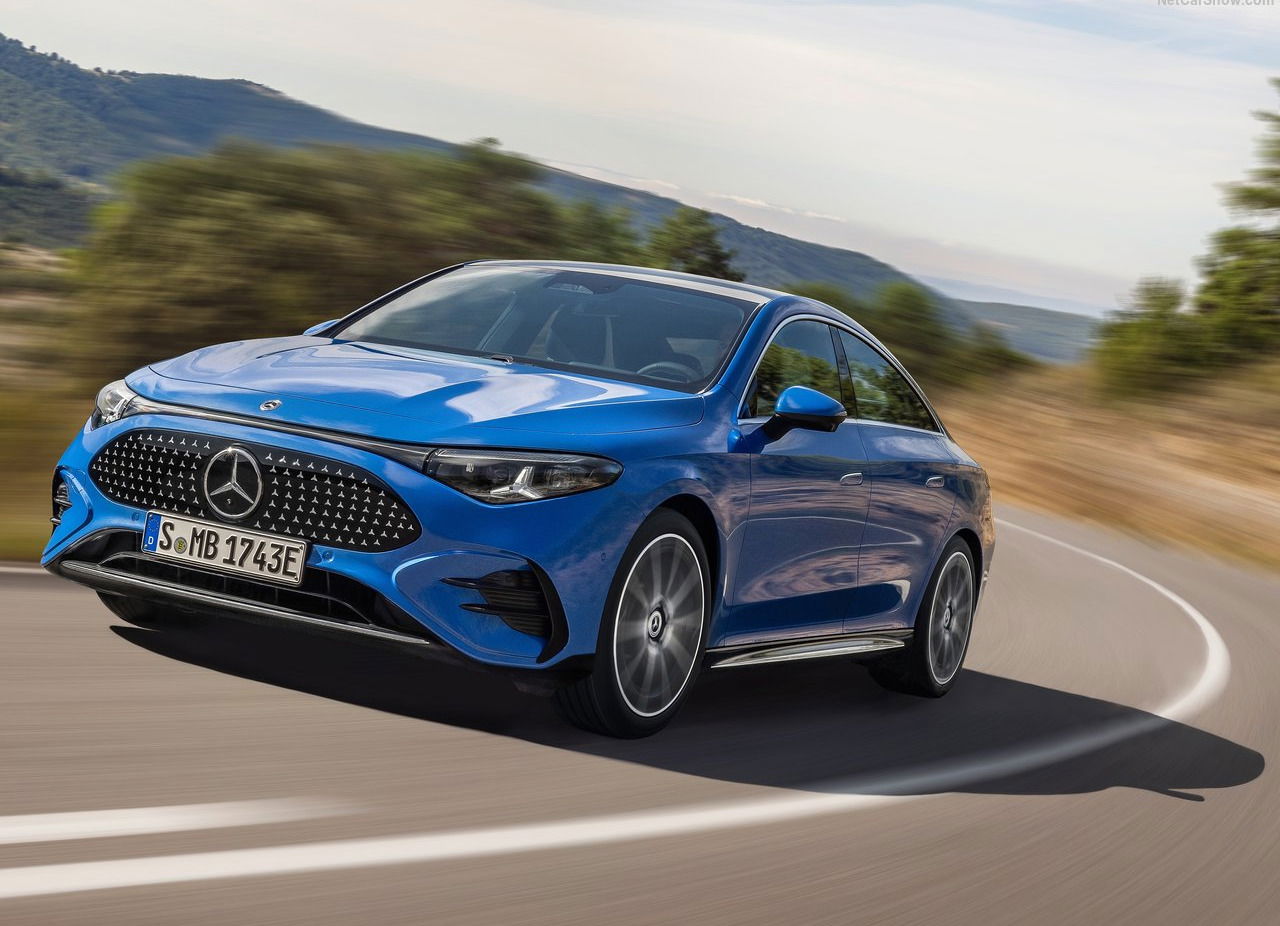
2026 Mercedes-Benz CLA.
Several factors make small cars fuel-efficient. Their lightweight design is the primary factor. Less weight means less energy needed to move the vehicle. Additionally, small cars often use smaller engines.
These engines, while less powerful, consume less fuel. They are perfect for city driving where speed is less critical.
Here are some ways small cars achieve excellent gas mileage:
- Aerodynamics: Streamlined shapes reduce air resistance, which improves fuel efficiency.
- Advanced Engines: Modern small cars use cutting-edge engine technologies to enhance fuel economy.
- Transmission Types: Many come with CVTs (Continuously Variable Transmissions) that optimize power delivery for better mileage.
Aerodynamics play a crucial role too. Small cars, which fall under the B (subcompact) and C (compact) segments have produced many models with markedly aerodynamic shapes.
A good B-segment example is the Toyota Prius C, featuring a slanting roofline and smooth contours to reduce drag.
In the C-segment, the Mercedes-Benz CLA-Class is a prime example, boasting a drag coefficient as low as 0.22. The CLA is thus one of the most aerodynamic production cars in its class.
A well-designed aerodynamic shape can drastically reduce fuel consumption, which is why manufacturers invest heavily in this aspect to improve efficiency.
Besides aerodynamics, advanced engines, and transmission types, other features also contribute:
Stop-Start Systems: Turn off the engine at idle to save fuel.
Eco-driving Modes: Optimize the engine settings for fuel savings during normal driving. Keeping a car well-maintained is equally important.
Regular servicing can prevent inefficiencies that lead to higher fuel consumption. Proper tire pressure and timely oil changes also contribute to optimal performance.
Choosing the right small car can lead to a fulfilling ownership experience. Fuel-efficient small cars are a smart choice for many.
The Economic And Environmental Impact Of High MPG Cars
The Rising Cost Of Fuel And Car Ownership
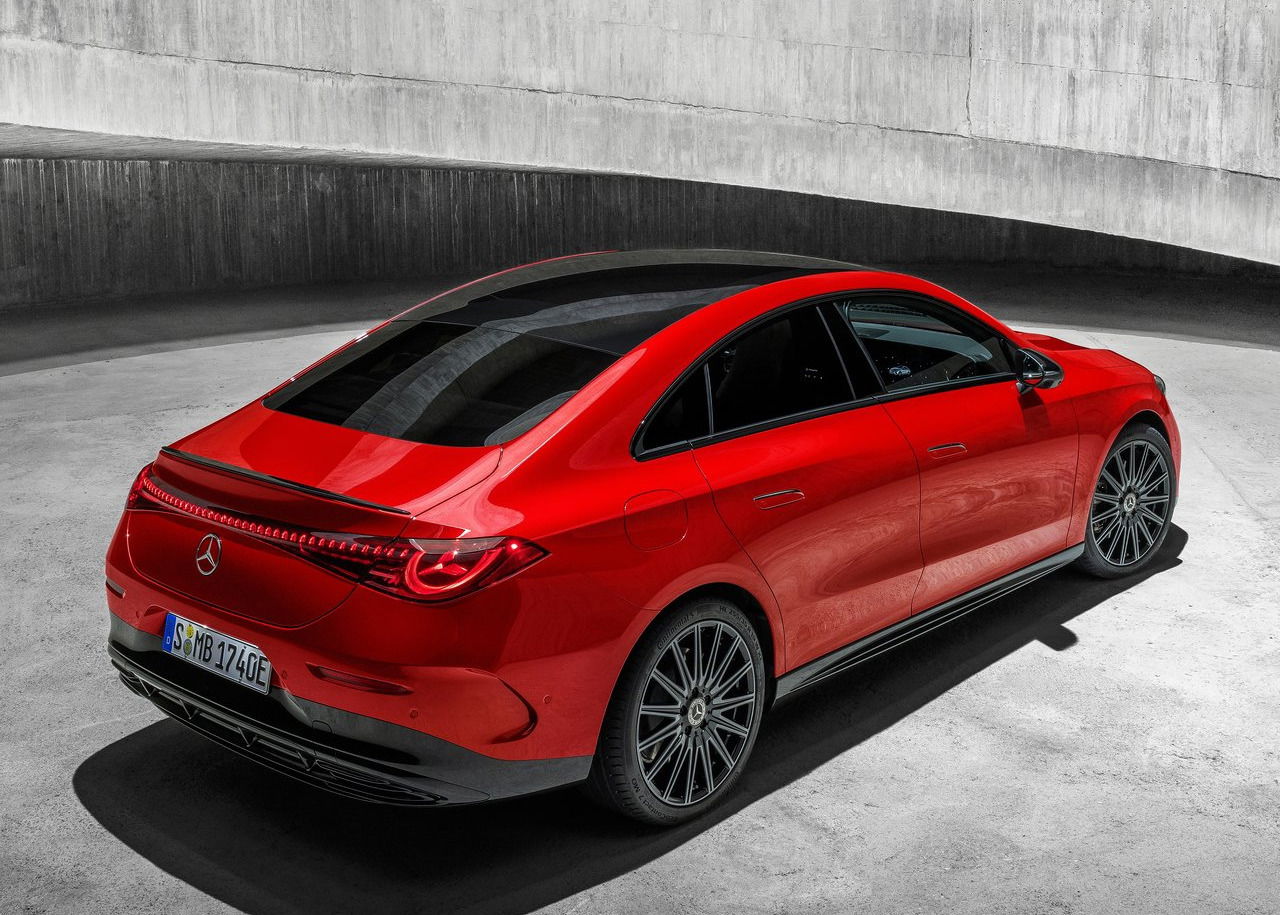
2026 Mercedes-Benz CLA.
Owning a car has become increasingly costly. Fuel prices fluctuate regularly, often trending upwards due to global demand and geopolitical tensions.
High MPG (miles per gallon) cars offer significant economic relief by reducing fuel expenses. Over time, these savings can accumulate into substantial financial gains.
For many households, transportation costs represent a significant portion of their budget. Reducing fuel expenses can free up money for other essentials.
In addition to fuel costs, owning a car involves maintenance, insurance, and taxes. Fuel-efficient vehicles often have lower operating costs, easing this financial burden. For those who drive extensively, such as daily commuters, the benefits are even more pronounced.
High MPG cars allow drivers to cover greater distances while consuming less fuel. Environmental Benefits of Fuel-Efficient Vehicles The environmental benefits of fuel-efficient vehicles are equally compelling. Reduced fuel consumption leads to fewer greenhouse gas emissions.
High MPG vehicles contribute to cleaner air by lowering the release of pollutants. This is particularly important in urban areas where air quality is often compromised. In addition to curbing pollution, high MPG cars can help reduce global oil dependency. This has wide-reaching implications for energy security and climate change.
Another key benefit is that efficient vehicles often use less natural resources overall. This goes beyond fuel—it includes manufacturing and end-of-life recycling processes.
Moreover, adopting vehicles with better fuel economy aligns with global sustainability goals. It supports efforts to achieve significant environmental targets.
Government incentives often back the purchase and use of high MPG cars. This further motivates consumers to opt for more sustainable vehicle options.
Summarily, the economic and environmental impacts of high MPG cars can include:
Reduced fuel costs leading to savings Lower emissions contributing to environmental health.
Decreased dependency on fossil fuels Support for global sustainability initiatives.
Government incentives easing initial purchase costs.
By choosing high MPG vehicles, car owners contribute to a healthier planet while enjoying economic advantages. The shift toward more efficient vehicles is a crucial step toward a sustainable future.
Top 10 Fuel-Efficient Compact Cars Of The Year
Overview Of The Best Models
Each year, manufacturers compete to offer the most fuel-efficient models. Small cars often lead this race with impressive MPG numbers.
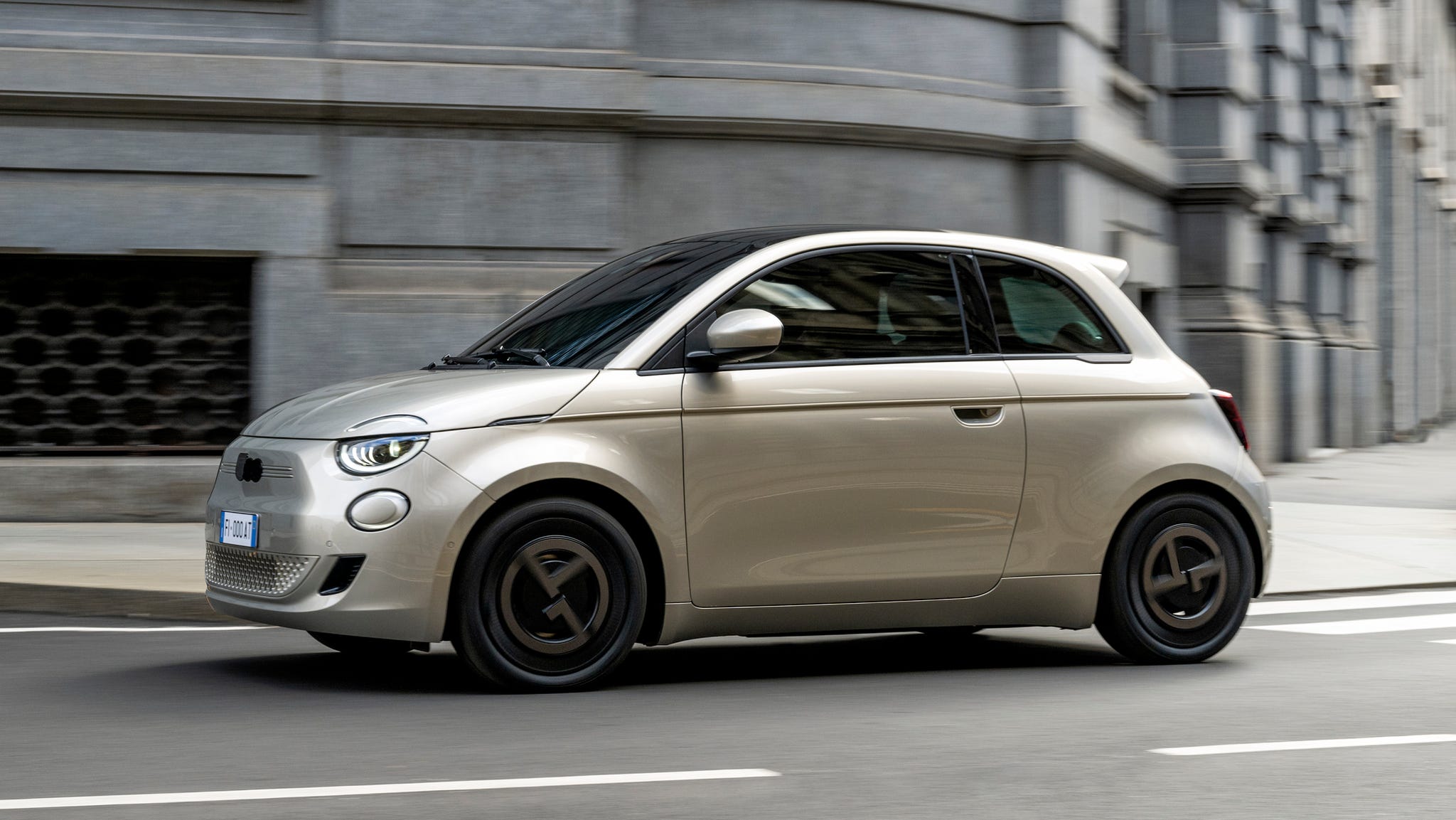
- The 2025 Fiat 500e is an all-electric minicompact car with a class-leading efficiency of 116 MPGe. It offers a 149-mile range and low greenhouse gas emission. With a starting manufacturer-suggested retail price (MSRP) of $30,500, the 500e is one of the more cost-effective EVs sold in the US, thanks to its impressive range, class-leading mileage, and affordable running costs.
- The 2024 Nissan LEAF all-electric midsize hatchback boasts one of the leading ranges in its class, second only to the Fiat 500e B-segment hatchback. The Leaf has an EPA-estimated combined mileage of 111 MPGe. It offers a 149-mile range, powered by a 40 kWh lithium-ion battery and a 110 kW electric motor (LEAF S) delivering 147 horsepower and 236 lb-ft of torque. The LEAF SV PLUS features a larger 60 kWh battery and a 160 kW motor, producing 214 horsepower and 250 lb-ft of torque. This variant offers an extended range of 212 miles. Additionally, both models support quick charging, with the LEAF S reaching 80% charge in 40 minutes and the SV PLUS in 60 minutes.
- The 2024 MINI Cooper SE Hardtop 2-door is an all-electric subcompact car with a 110 MPGe efficiency. It offers a 114-mile range, 135 kW motor, and charges in 4 hours at 240V. With an MSRP of $30,900, it saves $4,750 in fuel costs over five years.
- The 2024 Toyota Mirai XLE is a hydrogen fuel cell electric vehicle (FCEV) offering a 402-mile driving range. With zero tailpipe emissions, it runs on hydrogen, producing only water vapor. It features advanced safety technology, luxurious interiors, and modern amenities, including an intuitive infotainment system. Annual fuel costs are approximately $1,300.
- The 2025 Hyundai Elantra Hybrid Blue is a midsize car with a 1.6L 4-cylinder engine and automatic transmission. It achieves 54 MPG combined, saving $4,000 in fuel costs over five years compared to average vehicles. It emits 165 grams of CO₂ per mile and has an impressive 594-mile range.
- The 2024 Toyota Corolla Hybrid is a compact car with a 1.8L 4-cylinder engine and automatic transmission. It achieves 50 MPG combined, saving $3,750 in fuel costs over five years. It emits 176 grams of CO₂ per mile, has a 565-mile range, and costs $900 annually for fuel.
- The 2025 Honda Civic 4Dr is a midsize car with a 2.0L 4-cylinder engine and automatic transmission. It achieves 49 MPG combined, saving $3,500 in fuel costs over five years. It emits 181 grams of CO₂ per mile, has a 519-mile range, and costs $950 annually for fuel.
- The 2024 Mitsubishi Mirage is a compact car with a 1.2L 3-cylinder engine and automatic transmission. It achieves 39 MPG combined, saving $2,250 in fuel costs over five years. It emits 227 grams of CO₂ per mile, has a 359-mile range, and costs $1,200 annually for fuel.
- The 2025 Nissan Versa compact car come with a 1.6L 4-cylinder engine and automatic transmission. It achieves 35 MPG combined, saving $1,750 in fuel costs over five years. It emits 253 grams of CO₂ per mile, has a 378-mile range, and costs $1,350 annually for fuel.
- The 2024 Kia Forte FE midsize car features a 2.0L 4-cylinder engine and an Intelligent Variable Transmission (IVT), Kia's version of the CVT. Unlike traditional step-gear automatic transmissions, the IVT continuously adjust to the optimal gear ratio. The Forte achieves 34 MPG combined, saving $1,500 in fuel costs over five years. It emits 261 grams of CO₂ per mile, has a 476-mile range, and costs $1,400 annually for fuel.
See also:
The Top-5 Best New Cars 2023/24 Under $20k
Key features of these models include:
- Advanced safety systems and tech features
- Durable engines known for longevity
- Varied options in terms of trims and customization
- Competitive pricing within the compact segment
- Harmonious balance between comfort and efficiency
Real-World Gas Mileage vs. EPA Estimates
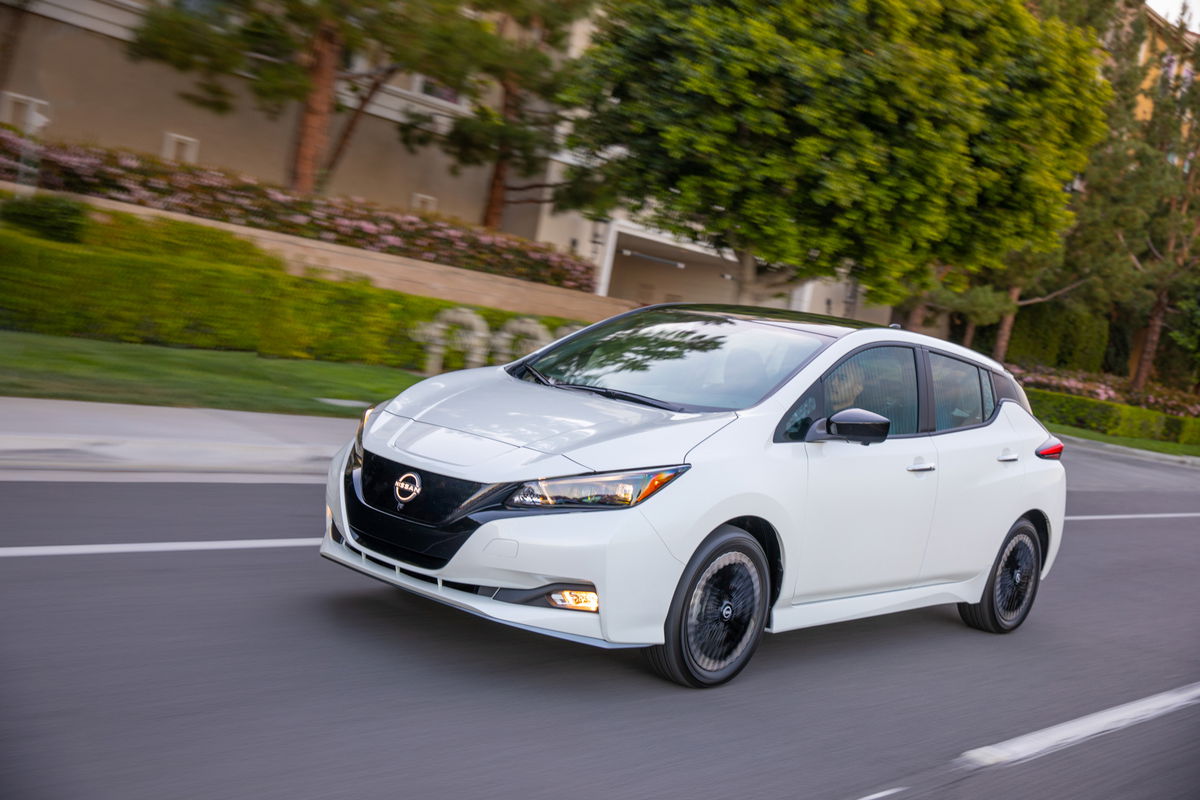
2024 Nissan LEAF.
Achieving the EPA estimated MPG depends on various factors. Real-world driving often presents different conditions than controlled tests.
Road conditions, weather, and driving habits can all affect MPG. Many drivers find real-world mileage slightly less than EPA estimates.
However, understanding how these estimates are derived can help manage expectations. Test procedures are standardized for consistency but might not reflect everyday driving.
Hybrids often shine, achieving near or above EPA numbers. Efficient regenerative braking systems recapture energy usually lost in typical scenarios. Driving style plays a major role in fuel efficiency.
Aggressive acceleration and braking can reduce MPG substantially. Maintaining steady speeds and anticipating traffic aids in maximizing fuel efficiency. This aligns more closely with EPA numbers under ideal conditions.
City driving typically offers lower MPG than highway due to stop-and-go traffic. The EPA provides separate estimates for these different conditions. Modern vehicles often come with fuel economy monitors. These tools help drivers adjust habits for better efficiency.
Regular maintenance ensures vehicles run optimally. Simple actions like maintaining correct tire pressure can have a significant impact on gas mileage. Fuel choice sometimes affects MPG. Using the recommended fuel type optimizes engine performance.
Tech-savvy cars with eco-driving modes allow for better control over fuel consumption, helping meet or exceed those EPA estimates. Despite the variance in actual mileage, these estimates provide a useful baseline.
They aid in comparing vehicles and making informed buying decisions. Choosing the right car based on expected driving patterns will yield better satisfaction. This alignment helps buyers achieve optimal fuel efficiency in reality.
Considerations for matching real-world efficiency include:
- Regular upkeep for vehicle longevity
- Awareness of driving environments and conditions
- Use of modern driving aids and technology
- Understanding of the limitations of EPA estimates
- Adjusting driving habits for better efficiency outcomes
Compact vs. Midsize: Which Offers Better Fuel Economy?
Comparison Of Vehicle Classes
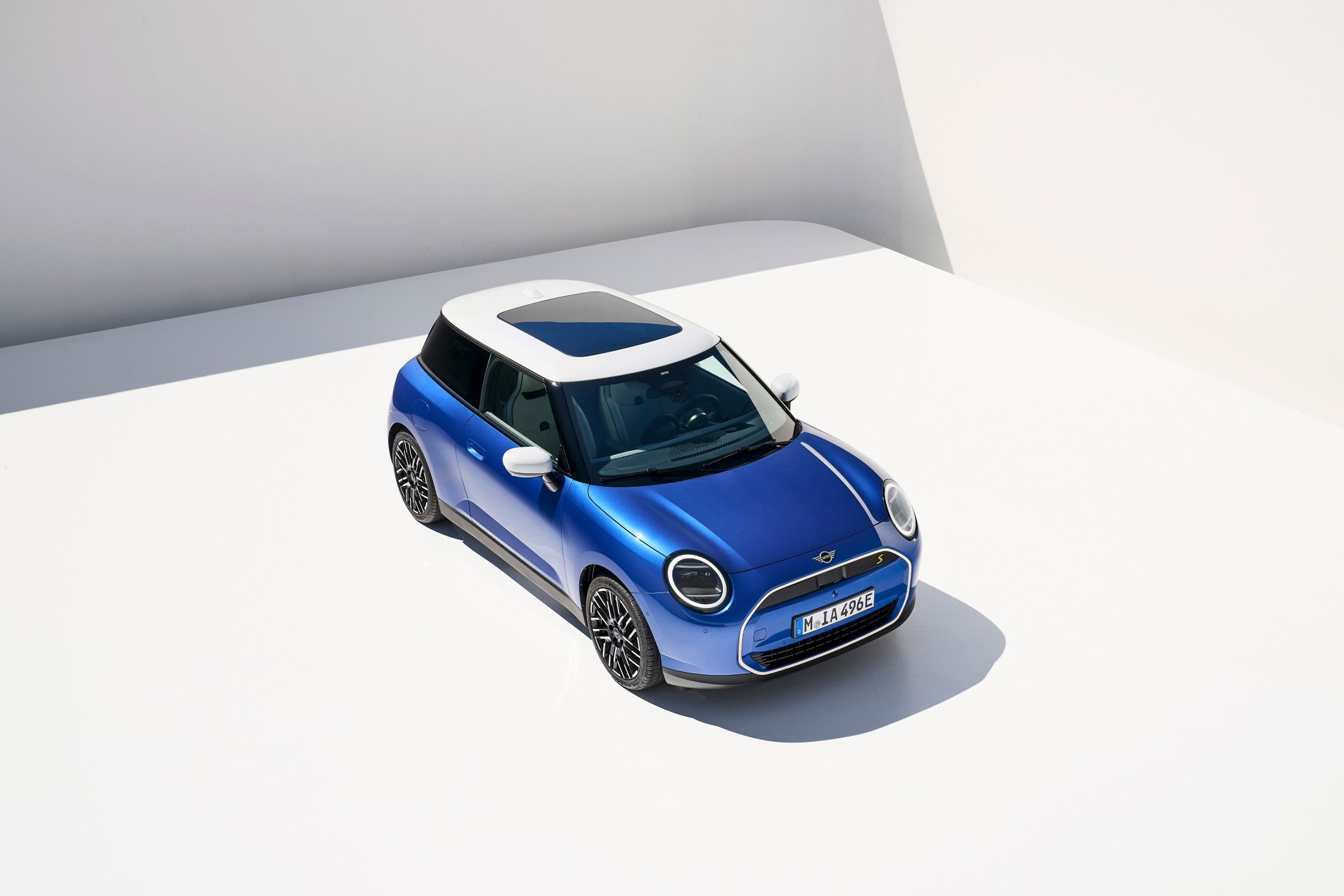
2024 MINI Cooper SE.
Fuel economy is often a critical factor when choosing between compact and midsize cars.
Compact cars traditionally offer superior gas mileage due to their smaller size and lighter weight. These vehicles require less energy to move, translating to better fuel consumption. They are often favored by city drivers and commuters for this reason.
However, midsize cars like the Camry have made significant strides in recent years. Manufacturers continue to innovate, improving efficiency in larger vehicles too.
Midsize vehicles tend to offer more space and comfort, appealing to families. They also incorporate advanced aerodynamics and engine technologies to boost MPG.
The weight difference remains a key advantage for compact cars. Yet, the gap is closing as newer midsize models employ lighter materials. Prospective buyers should weigh their priorities.
Compact cars excel in fuel economy, but midsize vehicles now offer competitive consumption with added roominess.
Key differences include:
- Size and weight: Compacts are lighter but offer less space.
- Comfort and amenities: Midsizes feature more interior volume and luxury options.
- Fuel efficiency: Compacts still lead, but midsize innovations narrow the gap.
- Driving experience: Compacts provide agility, while midsizes often offer a smoother ride.
Best MPG Midsize Car Contenders Right Now
Despite compacts generally leading in fuel efficiency, there are outstanding midsize options worth considering.
The 2024 Hyundai Ioniq 6 Long Range RWD (18-inch wheels) is an all-electric midsize car with a 361-mile range. It achieves 140 MPGe combined, saving $5,500 in fuel costs over five years compared to average vehicles. Charging takes 7.5 hours at 240V, with zero greenhouse gas emissions.
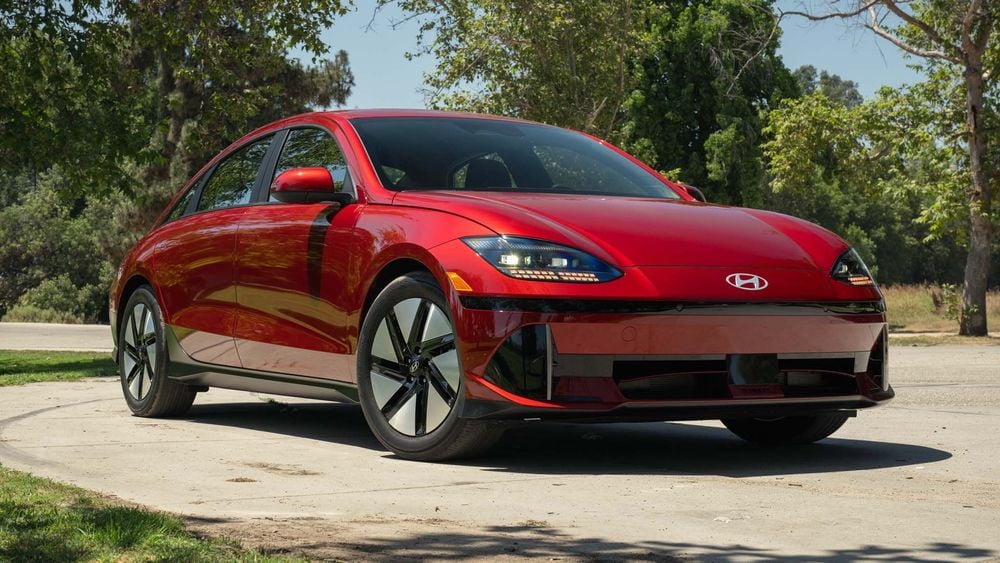
2024 IONIQ 6 Long Range.
The 2024 Toyota Prius Prime SE is a plug-in hybrid midsize car with a 600-mile total range. It achieves 127 MPGe combined on electricity and 52 MPG on gas. Charging takes 4 hours at 240V. It saves $4,750 in fuel costs over five years, emitting 50 grams of greenhouse gases per mile.
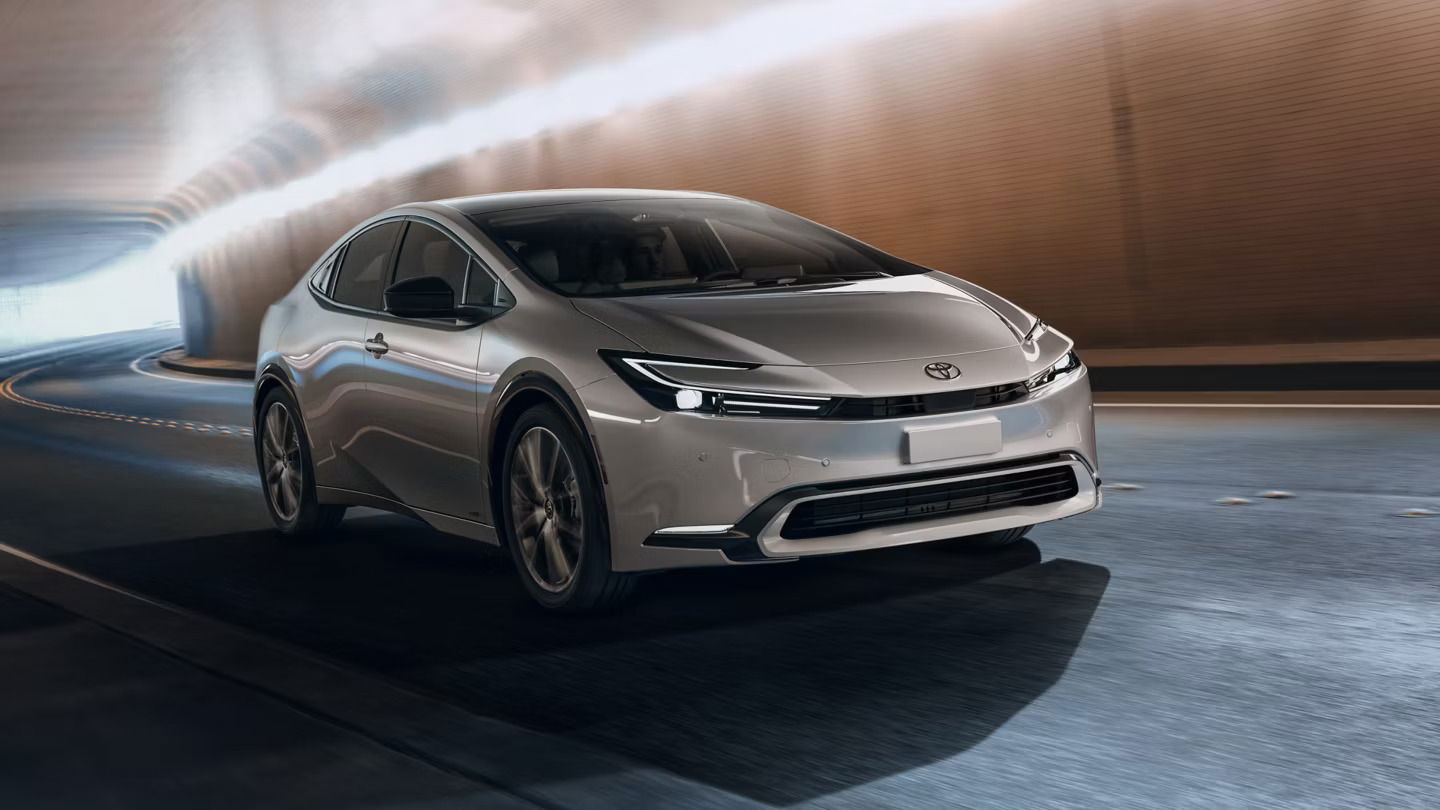
2024 Prius.
The 2024 Toyota Camry Hybrid LE midsize car achieve 52 MPG combined, with 51 MPG city and 53 MPG highway. It has a 686-mile range, saving $3,750 in fuel costs over five years. Its annual fuel cost is $900, emitting 170 grams of greenhouse gases per mile.
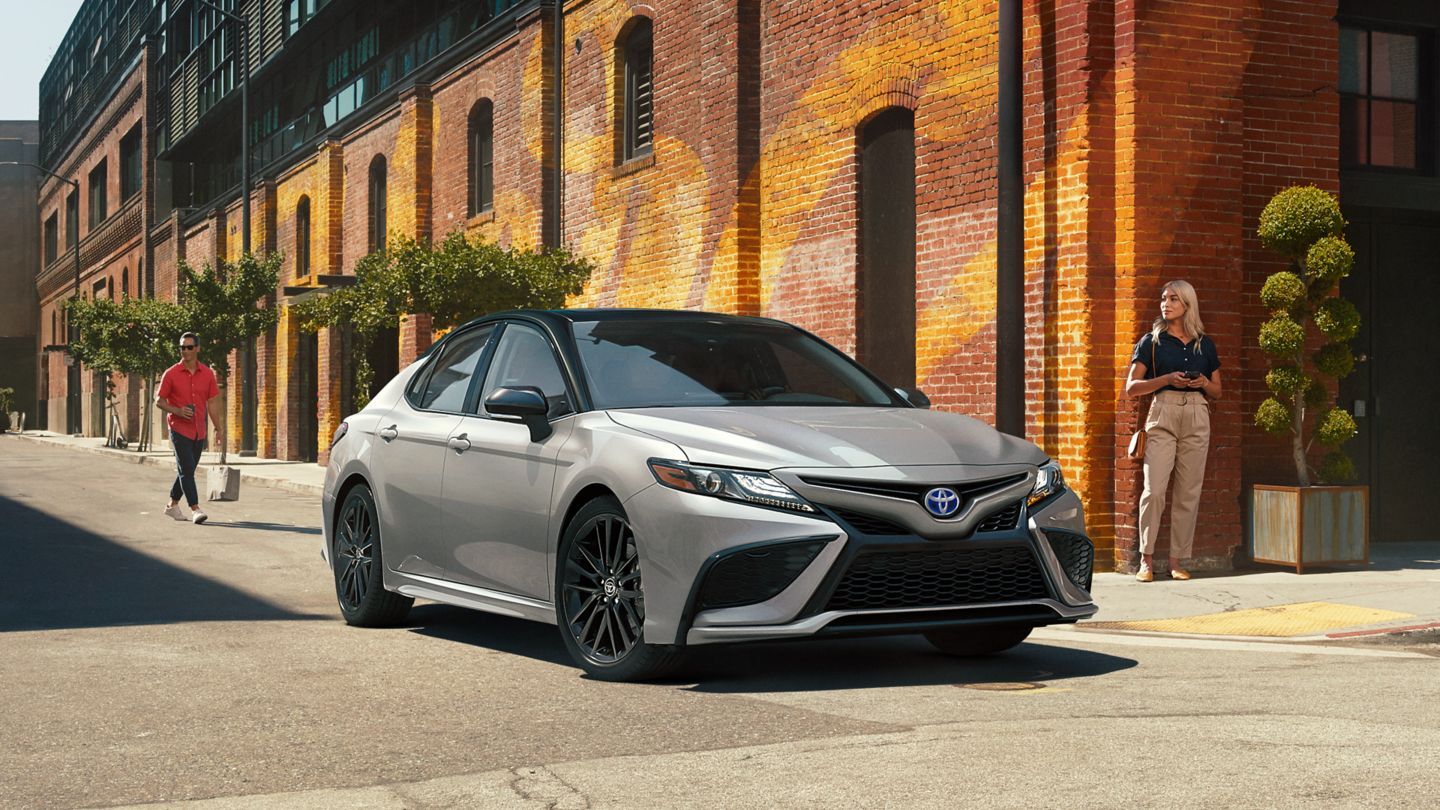
2024 Camry.
The 2025 Toyota Camry HEV LE hybrid midsize sedan come with a 2.5L 4-cylinder engine. It achieves 51 MPG combined, saving $3,750 in fuel costs over five years. With a 13-gallon tank, it offers a 663-mile range. Annual fuel cost is $900, emitting 173 grams CO₂/mile.
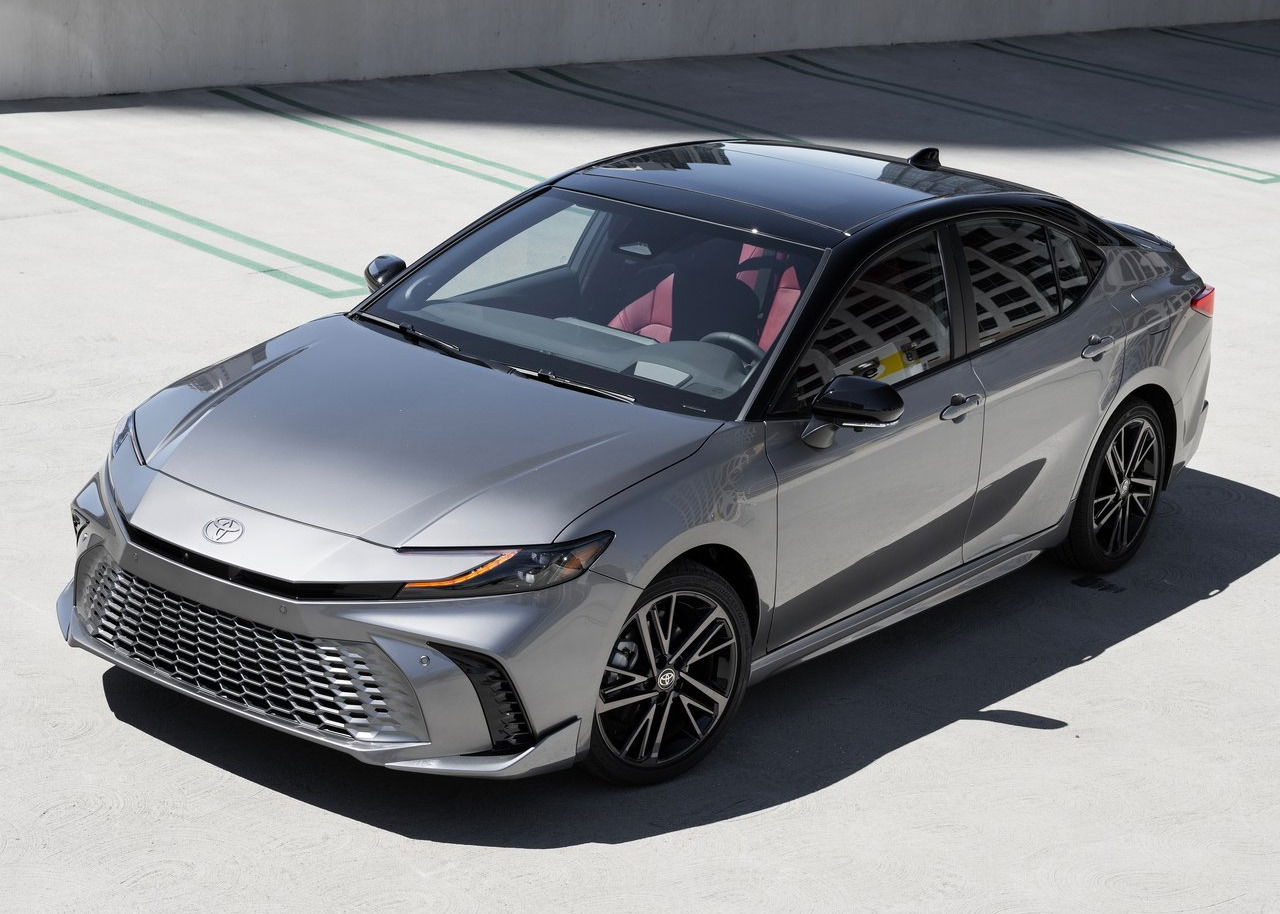
2025 Camry Hybrid.
The 2025 Honda Accord Hybrid features a 2.0L 4-cylinder engine with variable gear ratios. It achieves 48 MPG combined, saving $3,500 in fuel costs over five years. With a 12.8-gallon tank, it offers a 614-mile range.
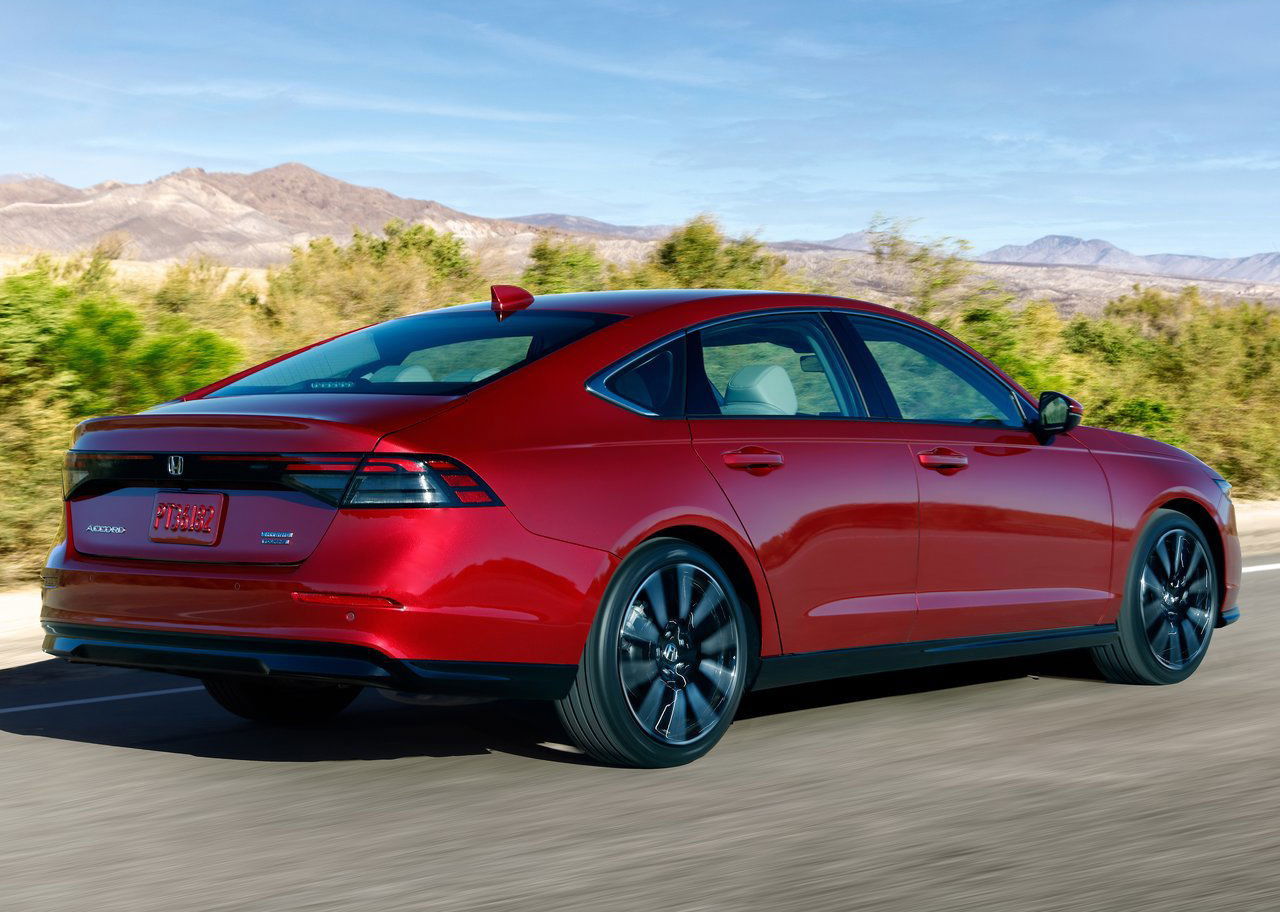
Annual fuel cost is $950, emitting 184 grams CO₂/mile. MSRP is $34,940. In the growing category of fuel-efficient midsize cars, these models demonstrate that buyers no longer need to choose between space and economy.
Technological Advancements In Fuel Efficiency
Hybrid Technology And Small Cars
Hybrid technology has revolutionized fuel efficiency in small cars by integrating electric motors with internal combustion engines. These systems optimize energy use through regenerative braking, which captures kinetic energy during deceleration and stores it in batteries.
Advanced hybrid systems, like Toyota's Hybrid Synergy Drive, seamlessly switch between electric and gasoline power for maximum efficiency. Innovations in lightweight materials and aerodynamics further enhance fuel economy, allowing small hybrids to achieve impressive mileage, often exceeding 50 MPG.
Plug-in hybrids add versatility with extended electric-only ranges, ideal for urban commutes. As battery technology advances, small hybrids are becoming more affordable and efficient, bridging the gap between traditional vehicles and full electric cars. They exemplify the future of sustainable, cost-effective transportation.
See also:
The Role Of Aerodynamics And Weight Reduction
Aerodynamics and weight reduction play pivotal roles in maximizing fuel efficiency and overall performance in vehicles.
Aerodynamics focuses on reducing drag, the resistance a vehicle faces as it moves through air. By optimizing shapes, integrating sleek designs, and employing elements like underbody panels and active grille shutters, smaller cars glide more efficiently, requiring less energy.
Lightweight construction complements aerodynamics by decreasing the vehicle's overall mass. Advanced materials like aluminum, high-strength steel, and composites are now widely used to achieve significant weight reductions without compromising safety or durability.
These efforts mean less engine exertion, improving fuel economy and acceleration.
Together, aerodynamic enhancements and weight-saving innovations empower vehicles, particularly small cars, to achieve remarkable fuel efficiency, lower emissions, and enhanced agility, embodying the forefront of sustainable automotive engineering.
Key advancements include:
- Hybridization: Integrating electric motors with gasoline engines.
- Aerodynamics: Designing cars for improved airflow and reduced drag.
- Lightweight materials: Using materials like aluminum and carbon fiber.
- Engine downsizing: Reducing engine size while maintaining power through turbocharging.
- Innovative transmission systems: Optimizing gear ratios for better efficiency.
Driving Habits And Maintenance For Optimal Gas Mileage
Impact Of Driving Habits On Fuel Efficiency
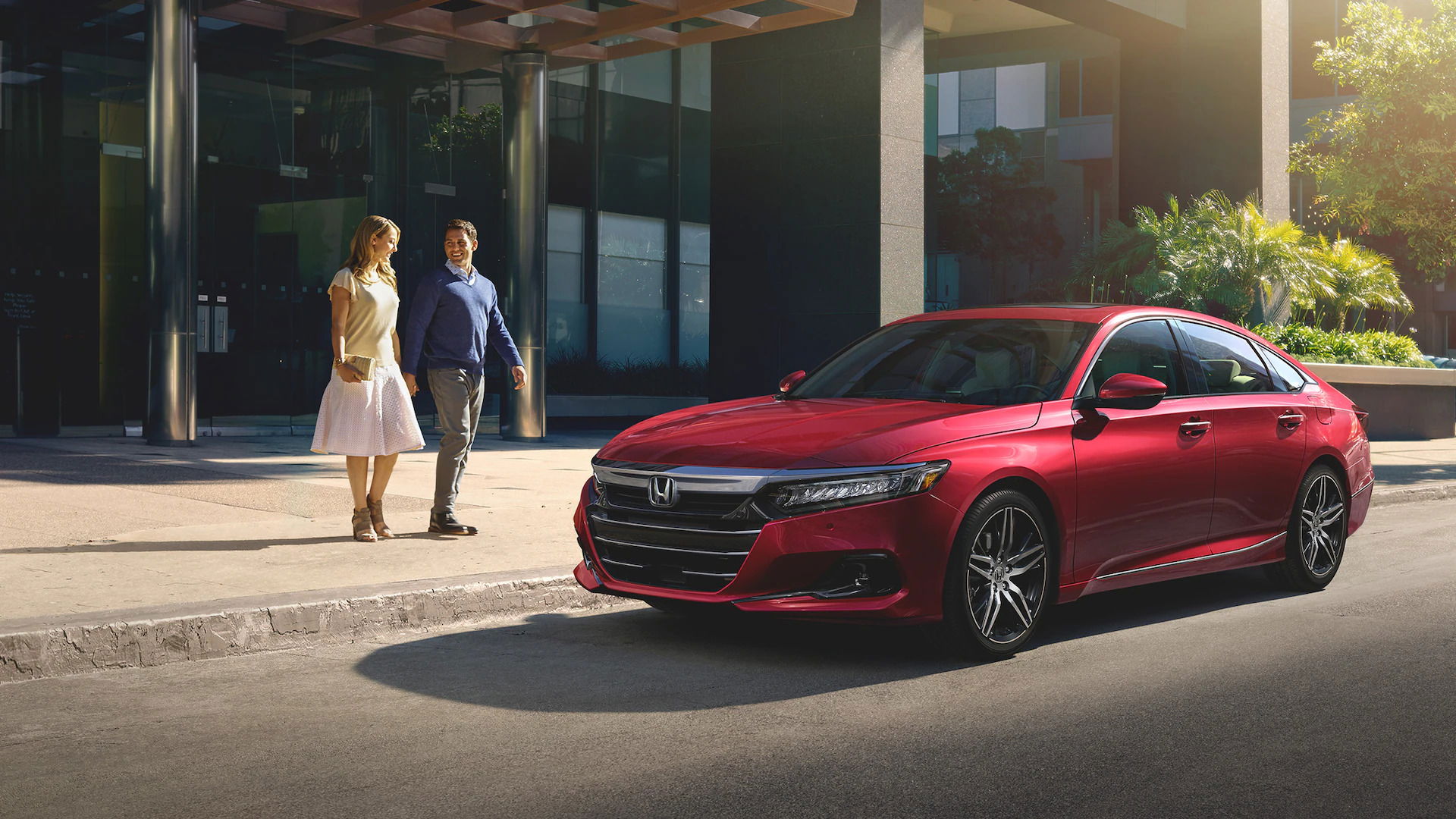
2022 Honda Accord.
Driving habits significantly affect fuel efficiency. Small adjustments can lead to big savings.
Aggressive driving, like rapid acceleration and hard braking, wastes fuel. It's best to adopt a smooth, steady driving style.
Maintain consistent speeds on highways. Using cruise control can help. It reduces unnecessary acceleration and deceleration.
Frequent short trips can also lower your gas mileage. Combine errands into a single trip whenever possible.
Avoid idling whenever you can. Keeping the engine running when stationary burns fuel without purpose. Proper gear shifting is essential too. In manual cars, shift up early to avoid high revs.
Air conditioner usage affects fuel consumption as well. Use climate control judiciously, especially at lower speeds. Don't forget proper tire inflation. Underinflated tires increase rolling resistance. This can significantly decrease fuel economy.
Tips For Maintaining Your Car For Best Gas Mileage
To maintain optimal gas mileage, regularly service your car to ensure that systems like fuel injection and oxygen sensors function efficiently.
Monitor tire pressure and use low-rolling-resistance tires for reduced energy expenditure. Keep your car’s software updated, especially for hybrid models, to maximize powertrain efficiency.
Clean or replace air filters to prevent engine strain and optimize fuel combustion. Avoid excess weight in the car, as added load impacts mileage.
Utilize cruise control for consistent speeds, minimizing unnecessary fuel consumption. Drive smoothly, accelerating and braking gently. Finally, maintain aerodynamics by removing roof racks or other add-ons when not in use.
The Cost-Benefit Analysis Of Fuel-Efficient Cars
Paying More For Fuel Efficiency: Is It Worth It?
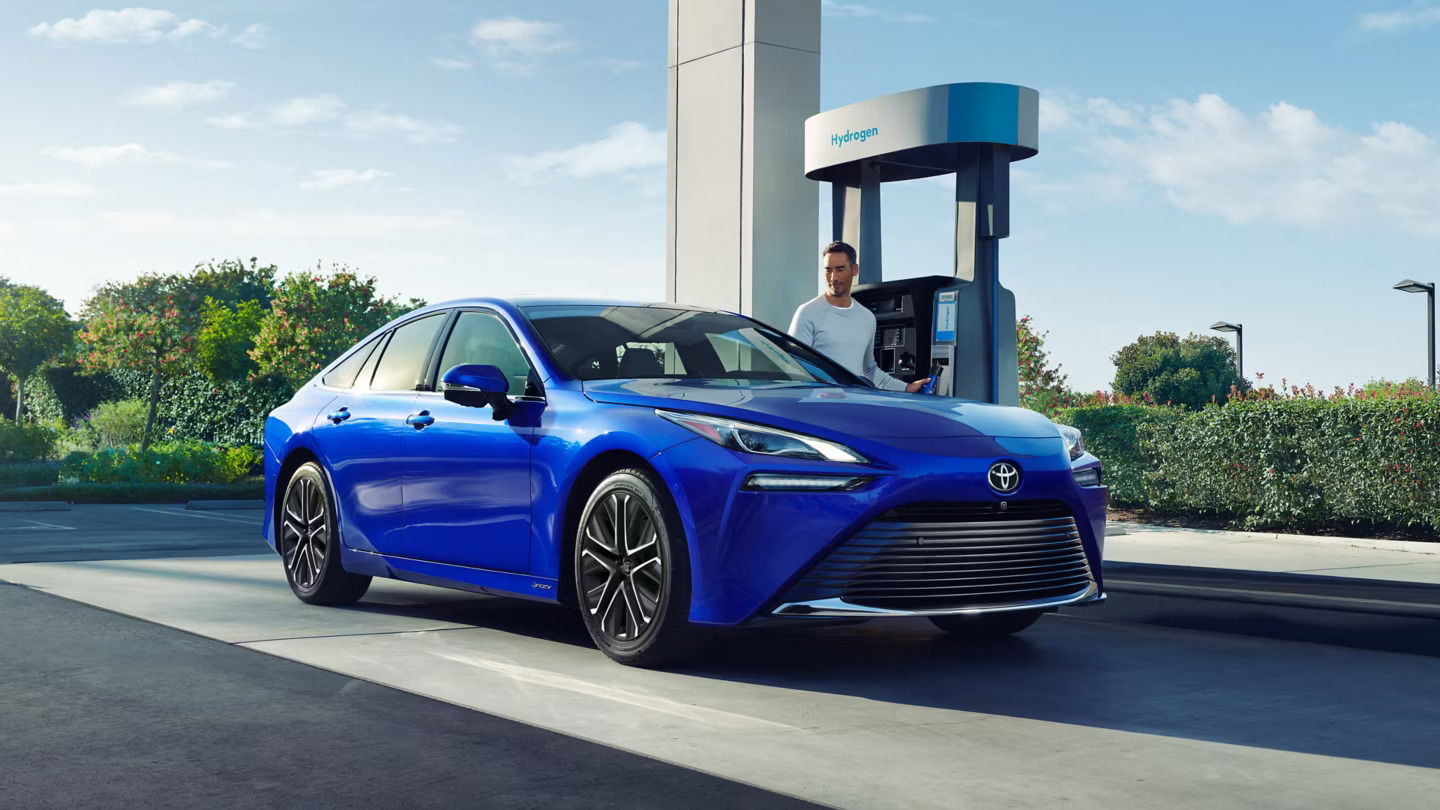
2024 Toyota Mirai.
Fuel-efficient cars can come with a premium price. However, this upfront cost may pay off in the long run. The initial investment in a high mpg car can lead to significant fuel savings. Over time, these savings can offset the higher purchase price.
Consider your driving habits. If you drive often or over long distances, the cost savings from lower fuel consumption can be substantial. Fuel-efficient vehicles often require less maintenance. This can contribute to additional cost savings over the years.
Technology advancements, like hybrid systems, enhance efficiency but can add to the cost. Weigh these factors carefully when deciding. Making an informed choice involves assessing total ownership costs. Factor in fuel, maintenance, and potential repairs.
Resale Value And Government Incentives
Fuel-efficient cars often retain their value better. High demand for eco-friendly vehicles boosts their resale prices.
When selling a vehicle, an impressive mpg rating is attractive to potential buyers. It can be a significant selling point.
Government incentives can also reduce the costs of owning a fuel-efficient car. These incentives include tax breaks and rebates.
Numerous countries and regions offer financial perks for eco-friendly vehicle buyers. These can range from tax credits to cash rebates. Check local and national policies to see what benefits might apply. Such incentives can make purchasing these cars more appealing.
A list of potential government incentives includes:
- Tax credits for purchasing hybrid or electric vehicles.
- Rebate programs for eco-friendly car owners.
- Lower registration fees for fuel-efficient models.
- Access to restricted traffic lanes or reduced tolls.
- Exemptions from emissions testing for certain vehicles.
Features And Comfort in Fuel-Efficient Small Cars
Safety And Technology Offerings
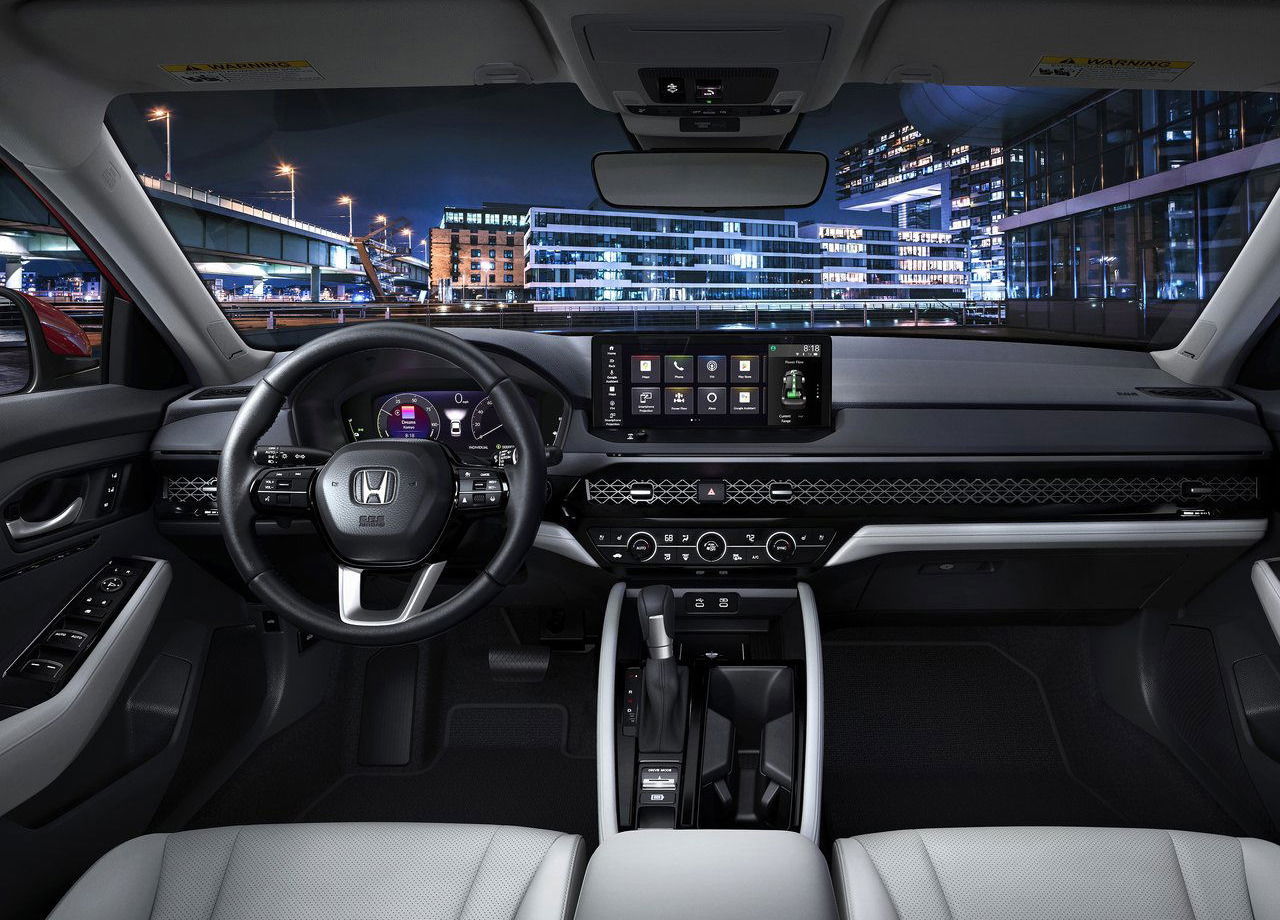
Fuel-efficient small cars have become synonymous with advanced safety features. Manufacturers understand that consumers value safety alongside fuel efficiency.
Modern fuel-efficient cars come equipped with a range of technology to enhance driver safety. These advancements can include lane-keeping assist, adaptive cruise control, and automated emergency braking.
Technology in these vehicles is not limited to safety. Many compact cars offer features such as touchscreen infotainment systems and smartphone integration.
Driver assistance systems have become standard in many models. These technologies not only improve safety but also add convenience to the driving experience.
An impressive list of tech features might include:
- Adaptive cruise control
- Automated emergency braking
- Lane-keeping assist
- Rearview cameras
- Blind spot monitoring systems
Interior Comfort And Cargo Space
Despite their smaller stature, fuel-efficient small cars don't always sacrifice comfort. Designers have maximized interior space to create a pleasant driving environment.
Modern compact cars often prioritize efficient use of space. This design philosophy provides ample room for both passengers and cargo. Many fuel-efficient small cars offer adjustable seating options. This feature allows drivers to find a comfortable position for long journeys.
Cargo space, while limited compared to larger vehicles, is cleverly optimized. Features like folding rear seats can expand the available room. High-quality materials are increasingly found in the cabins of these vehicles.
Premium finishes enhance the sense of luxury inside compact cars. Climate control systems are essential for comfort on long trips. Many small cars now come with dual-zone climate control to tailor conditions for occupants.
Balancing comfort and fuel economy requires innovative design. Fuel-efficient small cars manage this with aplomb, delivering both efficiency and a pleasant driving experience.
The Best Small Cars For Different Needs and Budgets
Best Small Cars for City Dwellers And Commuters
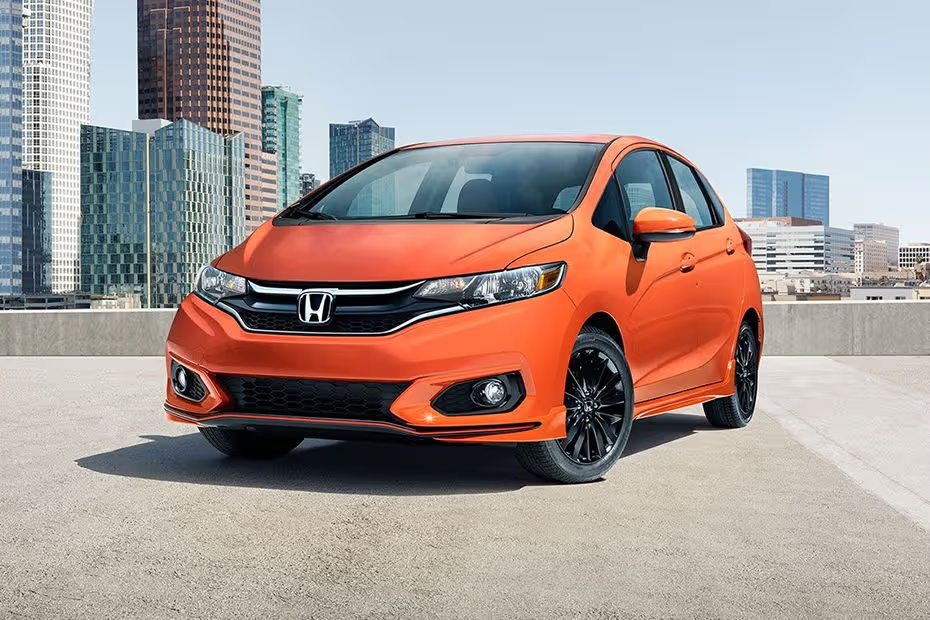
2025 Honda Fit.
For city dwellers and commuters, the Honda Fit stands out with its versatile interior and excellent fuel efficiency, making it perfect for tight urban spaces.
The Toyota Yaris combines reliability with nimble handling and advanced safety features, ideal for navigating crowded streets.
The Hyundai i10 impresses with its compact design, affordability, and modern safety tech like lane-keeping assistance.
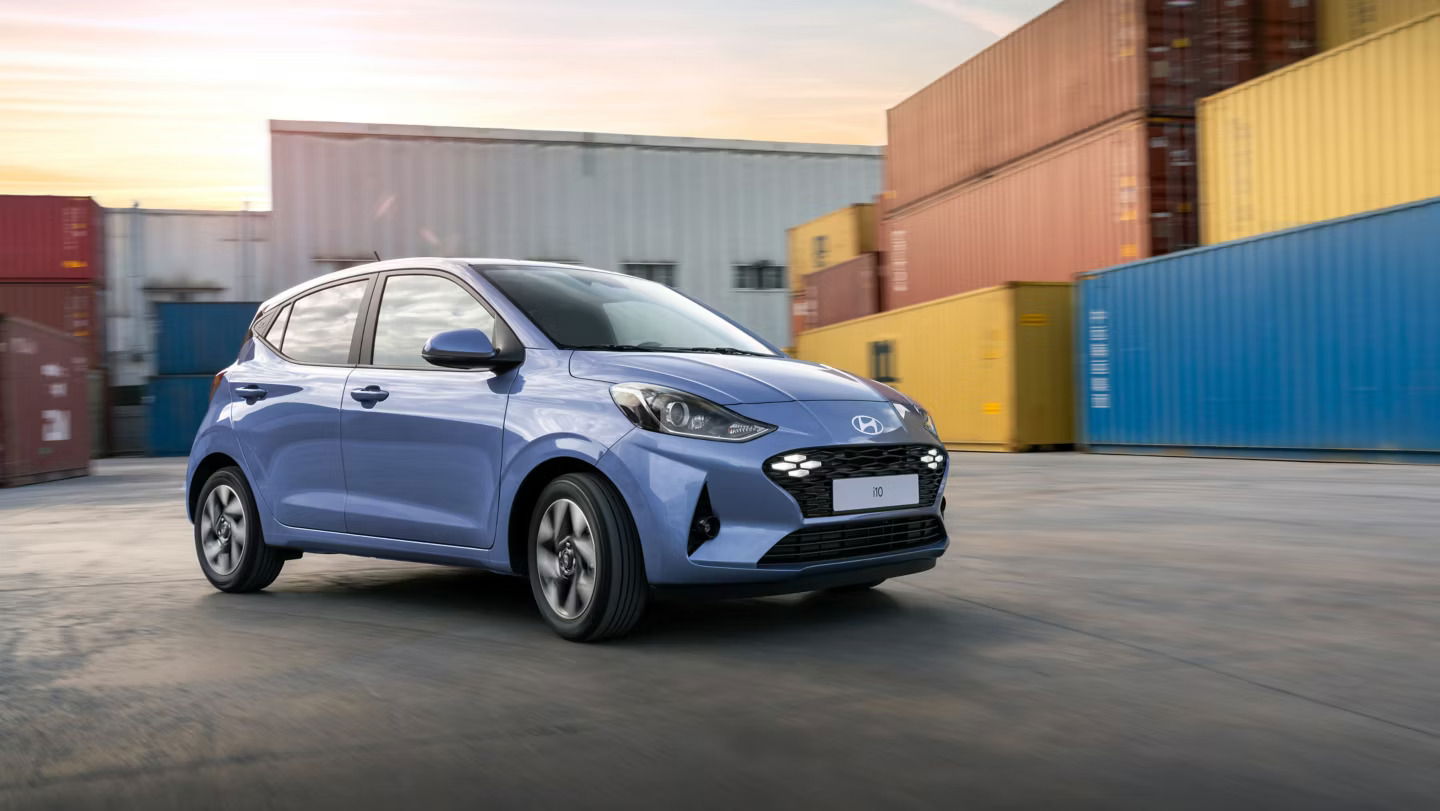
2025 Hyundai i10.
The Volkswagen Up makes for a stylish yet practical choice thanks to its premium feel with high-quality interiors and efficient performance.
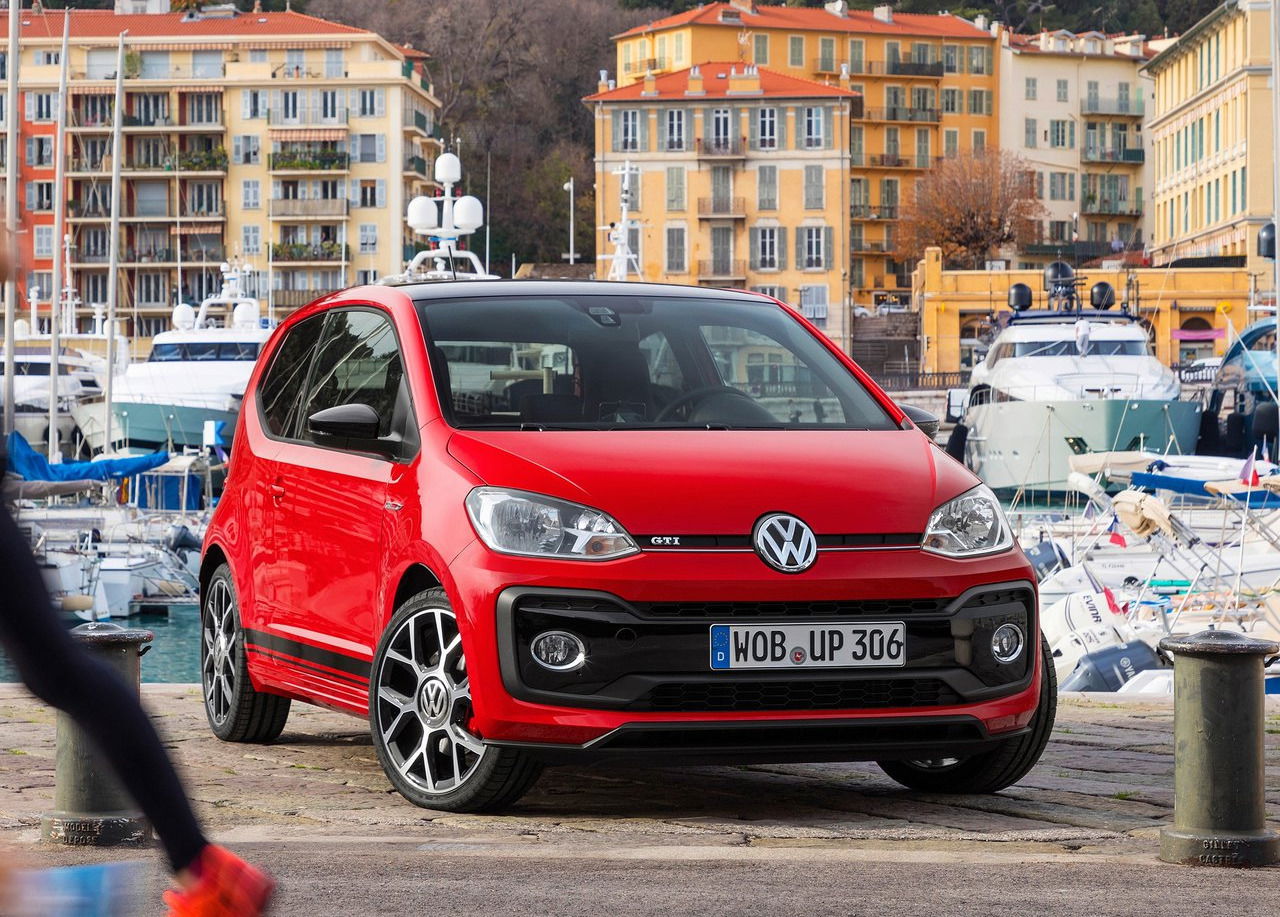
Volkswagen Up GTI.
Lastly, the Mini Cooper delivers a fun driving experience with its iconic design and responsive handling, perfect for zipping through city traffic.
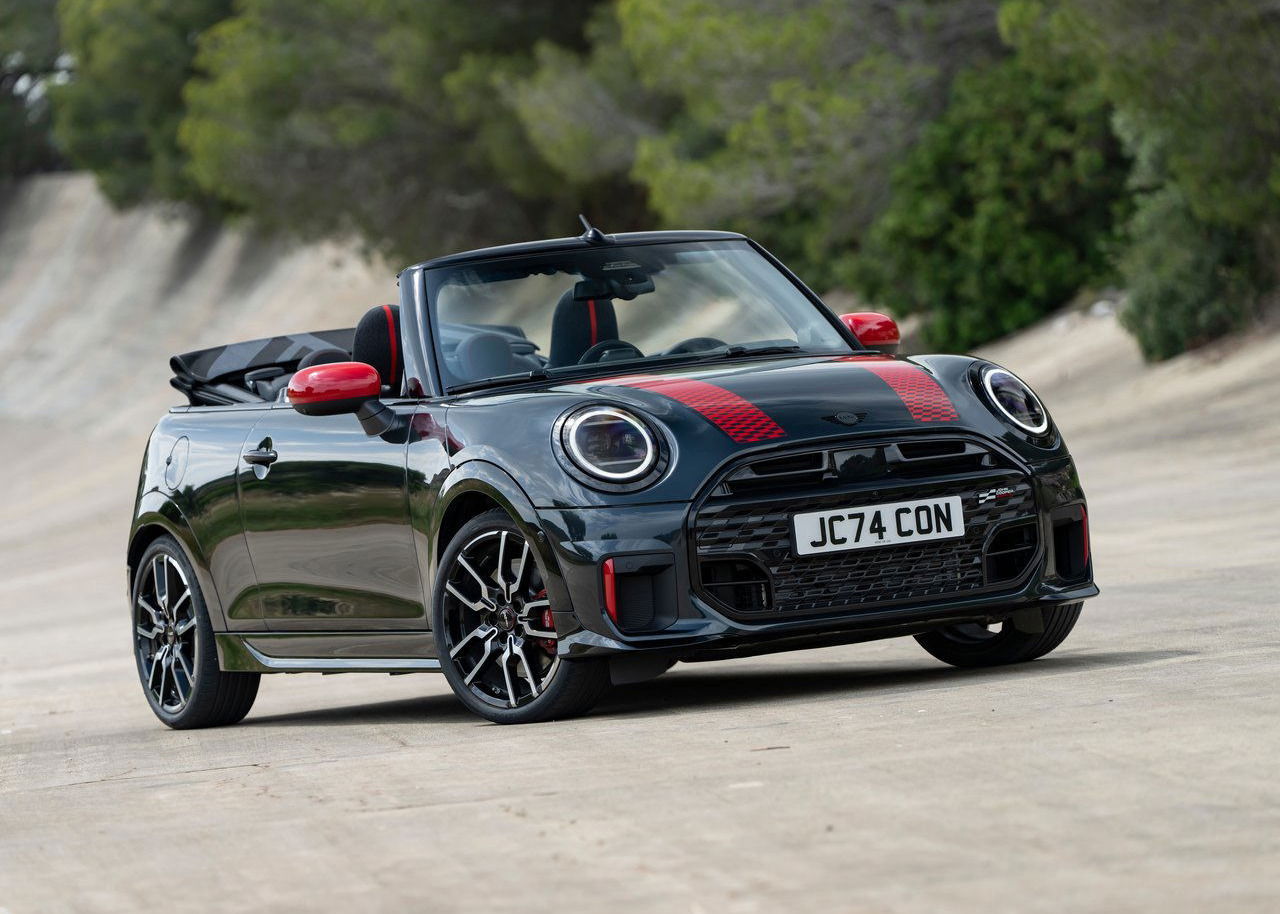
MINI John Cooper Works.
These cars excel in fuel efficiency, maneuverability, and innovative features. Their compact sizes and eco-friendly designs make them ideal for urban living.
Some features to look for in city-friendly small cars include:
- Efficient stop-start systems
- Compact dimensions
- Advanced navigation assistance
Commuting long distances requires a car that combines comfort with economy, and some small cars are engineered to deliver both to ensure a pleasant commute.
City-friendly cars often include added technologies. These may include smartphone connectivity and infotainment systems to ease traffic monotony.
Adjustable seating and climate control enhance comfort during prolonged drives. These features are sought-after by those spending significant time in their car.
Cheap Compact Fuel-Efficient Cars For Budget Buyers
Budget considerations are crucial when selecting a vehicle. Fortunately, there are affordable compact cars that offer excellent fuel economy.
The Toyota Corolla Hybrid starts at just $23,825 and offers an impressive 52 MPG combined, making it a reliable and cost-effective choice.
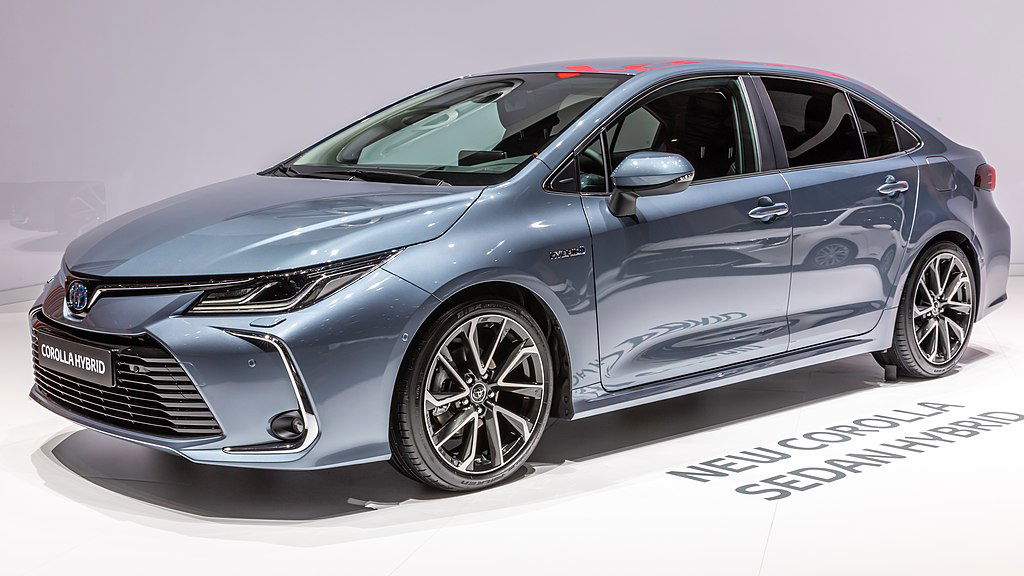
The Hyundai Elantra Hybrid, priced from $25,350, delivers 54 MPG highway efficiency and advanced features, providing excellent value.
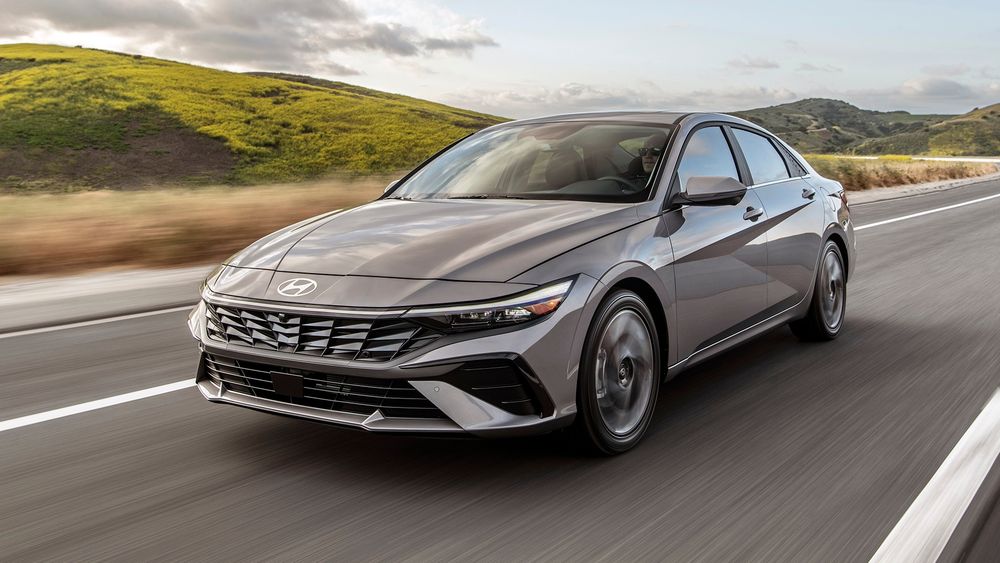
2025 Elantra Hybrid.
Additionally, the Honda Insight, starting at $25,760, combines a refined interior with 55 MPG city efficiency, offering premium comfort at a competitive price.
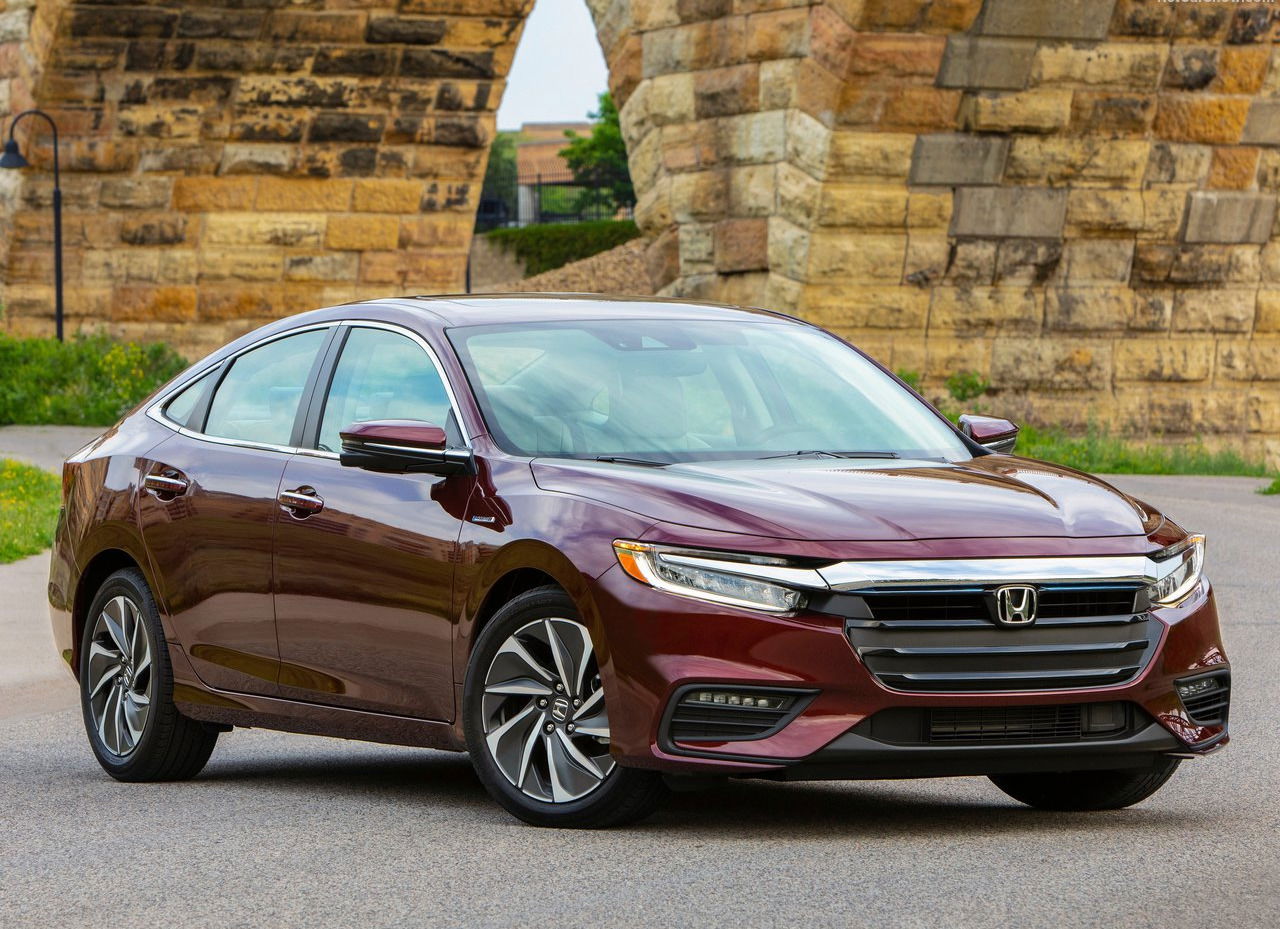
2019 Honda Insight.
These cars stand out for their affordability, exceptional fuel economy, and advanced hybrid technology, making them ideal for budget-conscious drivers.
Essentials in a budget-friendly compact car might include:
- High mpg ratings
- Minimal maintenance requirements
- Simple, robust design
Maintenance costs are an essential consideration for budget buyers. Cars with a reputation for durability can greatly reduce ownership expenses.
Depreciation rates also impact long-term value. Models known for maintaining value offer better financial investment over time.
Budget-conscious buyers can find cars with basic comfort and safety features. These enhance the driving experience without significantly raising the car's price.
Exploring options with varied powertrain choices can unlock savings. For example, opting for a manual transmission may be cheaper than an automatic.
Cost-effective technology packages can offer conveniences without inflating the price tag. Bluetooth and reverse cameras are now common in many entry-level models.
Investing in an affordable, fuel-efficient car ensures lower day-to-day operational costs. This aspect is especially appealing to those managing tight budgets.
The Future Of Small Cars: Electric And Beyond
Electric Vehicles In The Small Car Segment
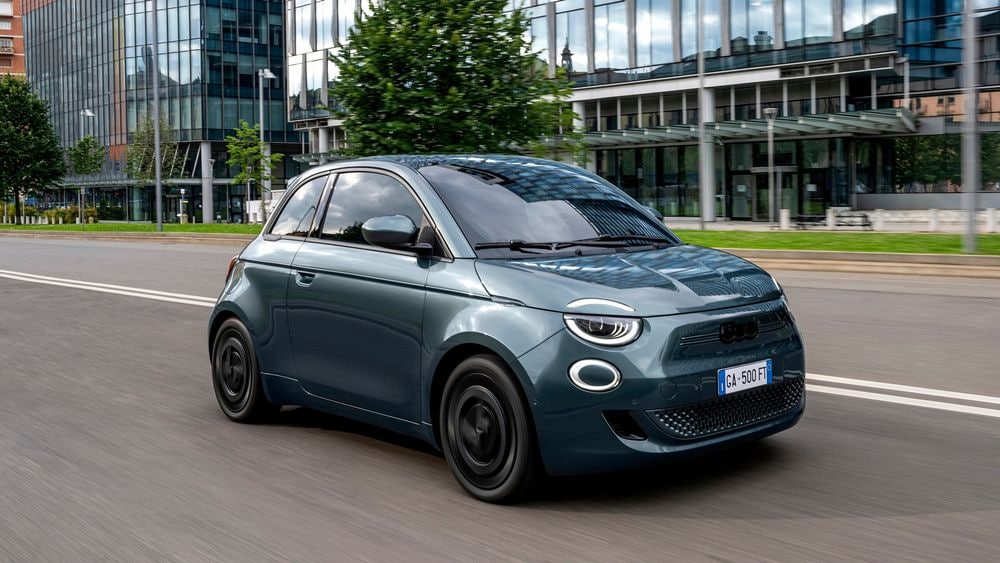
2025 Fiat 500e Giorgio Armani Edition.
The automotive industry is rapidly evolving, with electric vehicles (EVs) playing a crucial role. Small cars are at the forefront of this shift due to their suitability for urban driving. Electric small cars offer several advantages.
Reduced emissions, lower running costs, and quiet operation are their most appealing features. Manufacturers are investing in EV technology to meet consumer demand.
Innovations in battery technology are leading to extended range and faster charging times. The availability of charging infrastructure is improving. This development supports wider adoption of electric small cars in cities and beyond.
Electric small cars come with unique incentives. Government rebates and lower operational costs make them attractive to eco-conscious buyers.
What's Next For Fuel-Efficient Vehicles?
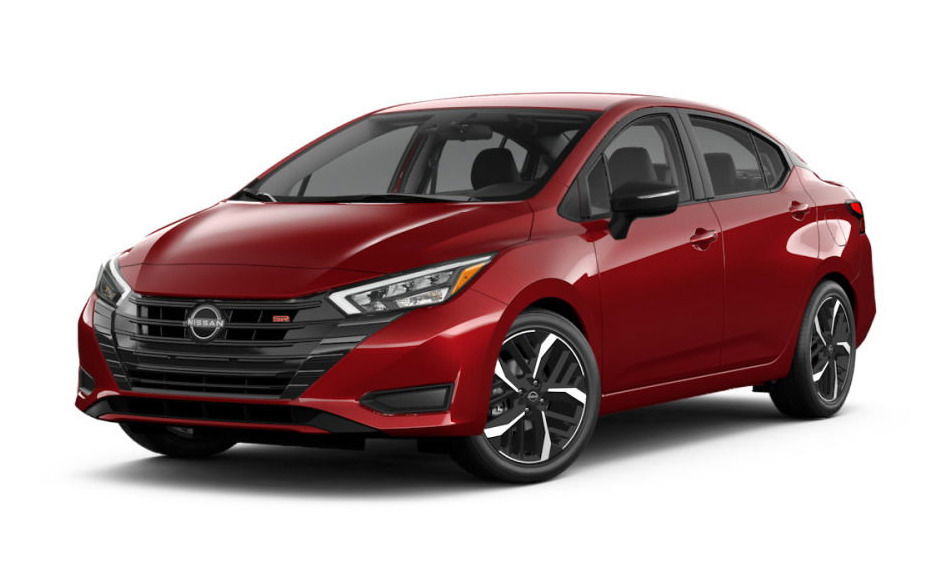
Nissan Versa.
As technology advances, fuel efficiency in vehicles continues to improve. Hybrid powertrains and optimized internal combustion engines are part of this progress.
Aerodynamics and lightweight materials are being used more widely. These enhancements help traditional vehicles achieve greater fuel savings.
Autonomous driving technology is another frontier. It has the potential to maximize fuel efficiency through optimized driving patterns.
Developments in alternative fuels, such as hydrogen, are gaining momentum. These options promise to further reduce environmental impact.
The focus is shifting towards integrating smart technology for efficiency. Real-time feedback can help drivers adopt more fuel-efficient habits, benefiting both the driver and the environment.
Making The Right Choice
Selecting the best small car with good gas mileage can transform your driving experience. With many options offering exceptional fuel economy, it's easier than ever to save on fuel costs while reducing your carbon footprint.
The vehicles highlighted in this guide provide great value, ensuring you make a wise investment. When choosing your next vehicle, consider your personal needs and preferences. Evaluate the balance of performance, features, and fuel efficiency that fits your lifestyle. A fuel-efficient small car not only economizes on fuel but also delivers a rewarding driving experience.
All fuel economy ratings from fueleconomy.gov